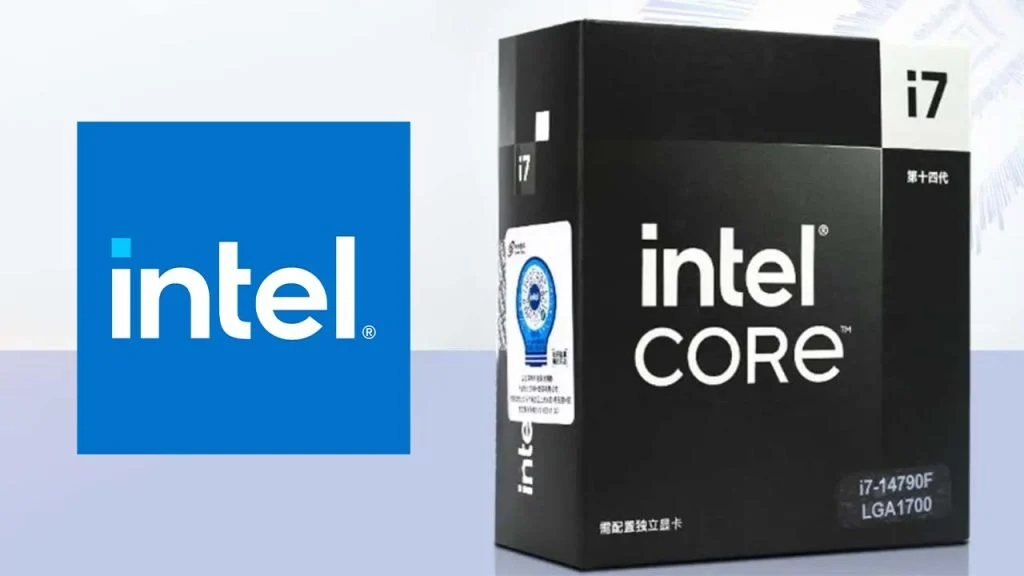A new self-repairing material has been developed by researchers in the UK and they say it’ll be ready to integrate into everything from smartphone screens to nail varnish within the next five years.
The annoying and expensive problem of cracked smartphone screens may soon be a thing of the past.
Originally developed for airplane wings, the technology has the potential to revolutionize a range of industries with the capacity to move into tiny cracks and harden inside like the way blood forms a dry, protective scab to heal flesh wounds.
Made from a mixture of different carbon-based chemicals, this new healing agent produces a sheet of millions of microscopic spheres. When a crack breaks these hollow microspheres apart, a liquid is released that moves into the newly formed gap. A chemical reaction then causes the polymerization — or hardening — of this liquid, causing it to glue to the edges of the cracks and form a hard, near-invisible filler.
The technology has been developed by a team from England’s University of Bristol, led by chemist Duncan Wass, and was presented at a Royal Society meeting in London last month.
They took inspiration from human body-Its tendency to heal itself. They put that same sort of function into a synthetic material: let’s have something that can heal itself.
The team reports achieving 100 percent recovery of mechanical strength in some cases.
Leo King reports for Forbes that researchers at L’Oreal are already in talks with the team to develop some kind of self-healing nail varnish. This would be amazing. There could be self-healing car paint, bicycle frames and wind turbines that don’t crack, and car windshields that could repair themselves after an encounter with an airborne pebble.
It’s just a case of adding the substance to existing products,
While the Bristol researchers have focused on aviation, a hungry consumer tech industry is expected to take it on. In order to achieve success, manufacturers would need to add the formula to existing materials, potentially requiring only a small manufacturing change but they would need to check that it doesn’t adversely affect other properties.
Right now, we’re on the verge of smartphones that won’t crack, and will charge from zero to 100 percent in 30 to 60 seconds.Just as many of us remember a time without mobile phones, soon we’ll be looking back at how inconvenient and primitive those ubiquitous little devices in our pockets used to be.








